
What is the difference between fast charging and slow charging at new energy vehicle charging piles?
As the new energy vehicle market grows, charging piles, as indispensable supporting facilities, play a vital role. Charging piles are divided into two types: fast charging and slow charging. They differ in charging methods, charging time, charging fees and installation costs.

First of all, in terms of charging methods, fast charging stands out for its high power characteristics, which can quickly recharge new energy vehicles within 30 minutes to one hour. In contrast, slow charging uses a low-power method and usually takes 5 to 8 hours to charge. This makes fast charging more suitable for long-distance travel or situations where charging is urgent, while slow charging is more suitable for daily charging in fixed locations such as homes or workplaces.

Secondly, in terms of charging costs, due to the high power and fast charging speed of fast charging, the electricity cost is relatively high. Slow charging has a relatively low electricity bill due to its low power and long charging time. Therefore, when consumers choose a charging method, in addition to considering the charging time, they also need to weigh the charging cost.
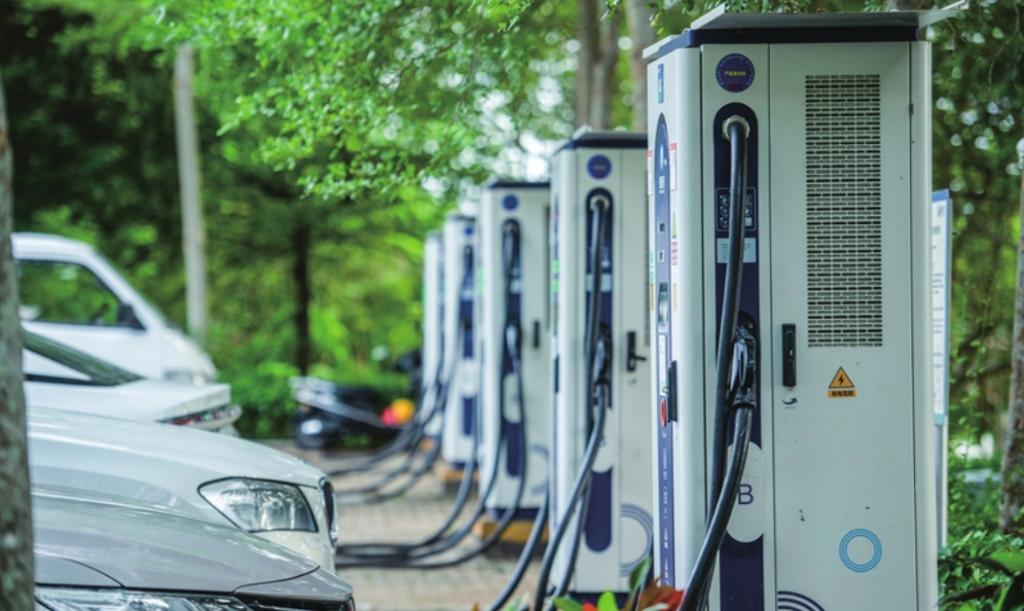
In addition, the installation cost is also a big difference between fast charging and slow charging. Due to their high power requirements, fast charging piles require more complex power systems and equipment support, resulting in relatively high installation costs. Slow charging piles have lower power and lower requirements on the power system, so the installation cost is relatively low.
In terms of usage scenarios, fast charging and slow charging have their own characteristics. Fast charging is suitable for situations where quick replenishment of power is required, such as highway service areas, large parking lots, etc. Slow charging is more suitable for homes or offices, providing users with stable charging services to meet the needs of daily commuting and travel.
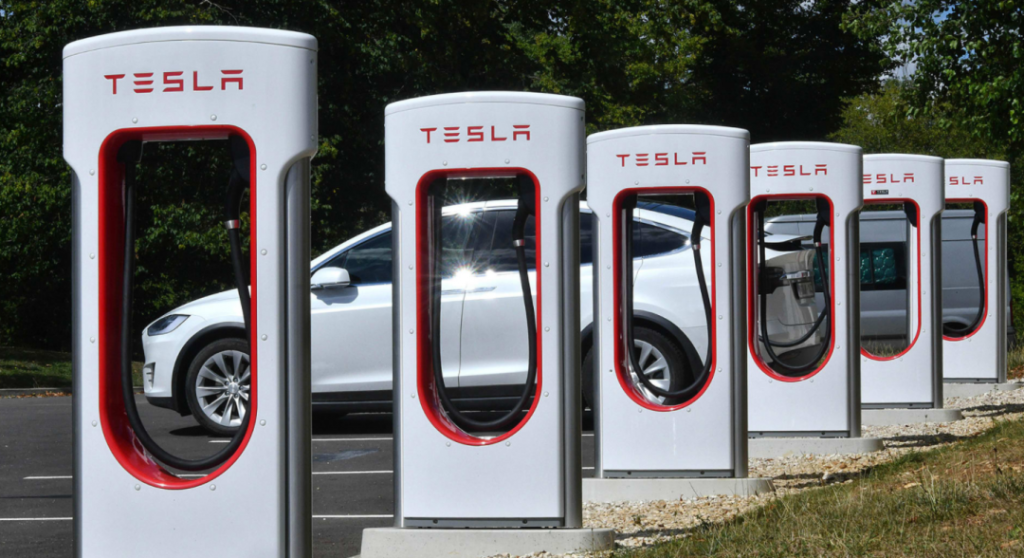
For enterprises and governments, a reasonable layout of charging piles is the key to promoting the popularization and development of new energy vehicles. Build fast charging piles in public places and densely populated areas to meet users’ needs for fast charging; add slow charging piles in residential areas and office areas to facilitate users to charge near home or work. At the same time, through policy guidance and preferential measures, users are encouraged to install personal slow charging piles to further promote the popularization of new energy vehicle charging facilities.
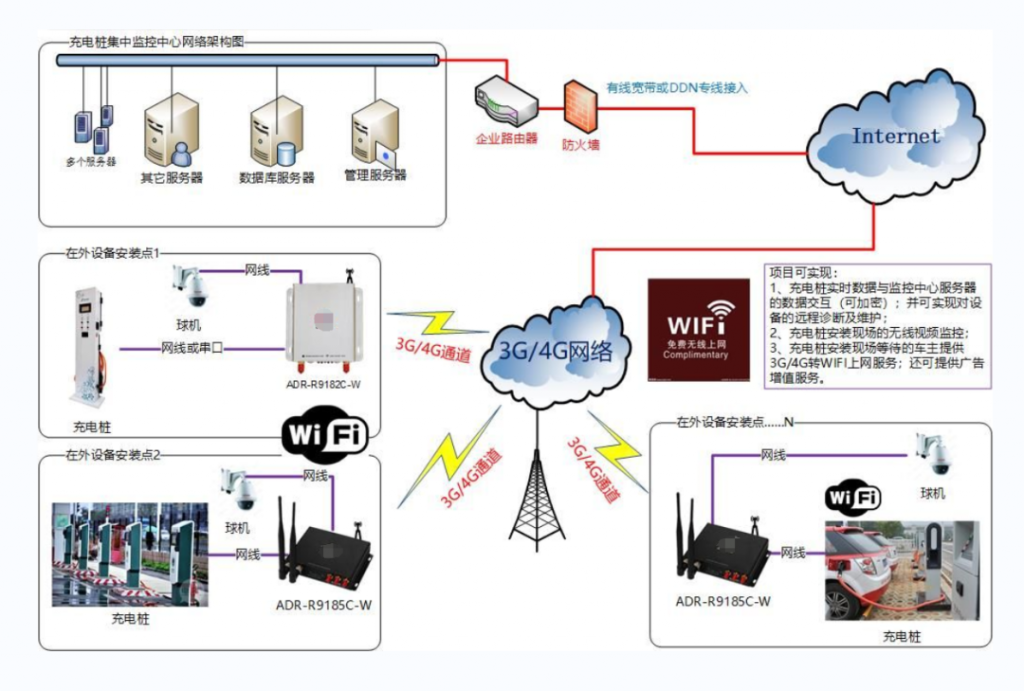
With the continuous advancement of technology, new energy vehicle charging facilities will develop in a more intelligent and green direction in the future. The intelligent charging management system will monitor the usage and power status of charging piles in real time, realize dynamic adjustment and optimization, and improve the efficiency of charging piles. At the same time, green charging facilities that use renewable energy sources such as solar energy and wind energy to charge new energy vehicles will also gradually become popular, injecting more environmentally friendly elements into the development of new energy vehicles.
To sum up, new energy vehicle charging piles have their own characteristics for fast charging and slow charging, and users should choose according to their own needs and usage scenarios. The government and enterprises need to promote the development of new energy vehicle charging facilities through reasonable layout, optimized management and technological innovation, and create more convenient conditions for the popularization and use of new energy vehicles.
-
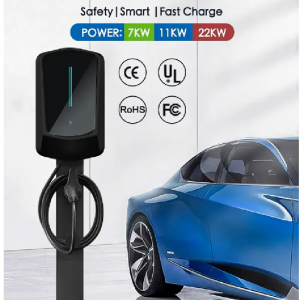 Wallbox EV Charger Home Use AC Electric Vehicle Charger 7kw 11kw 22kw Portable EV Charging Station
Wallbox EV Charger Home Use AC Electric Vehicle Charger 7kw 11kw 22kw Portable EV Charging Station -
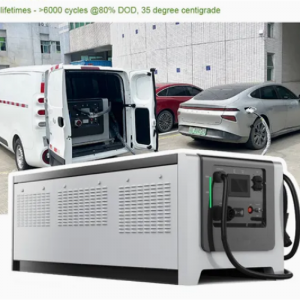 CTS CCS CHAdeMO GBT Road Rescue DC Fast Charging Station 20KW 60kW Mobile EV charging station with lifepo4 battery
CTS CCS CHAdeMO GBT Road Rescue DC Fast Charging Station 20KW 60kW Mobile EV charging station with lifepo4 battery -
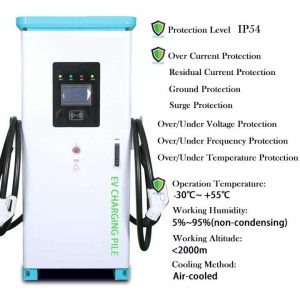 Energy Charging Pile 60kw 120kw 180kw 240kw DC OCPP App Control Fast Car EV Charger Station
Energy Charging Pile 60kw 120kw 180kw 240kw DC OCPP App Control Fast Car EV Charger Station -
 UL Certified 60kw 90kw 120kw 150kw supercharger EV bus charging station
UL Certified 60kw 90kw 120kw 150kw supercharger EV bus charging station -
 20KW DC wall mount EV charger
20KW DC wall mount EV charger -
 DC 50kw 100kw fast charger
DC 50kw 100kw fast charger -
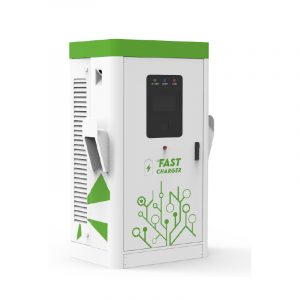 DC FAST charging station 60-300KW
DC FAST charging station 60-300KW -
 Wall box Home EV Charging Station
Wall box Home EV Charging Station -
 20KW DC portable EV charger
20KW DC portable EV charger